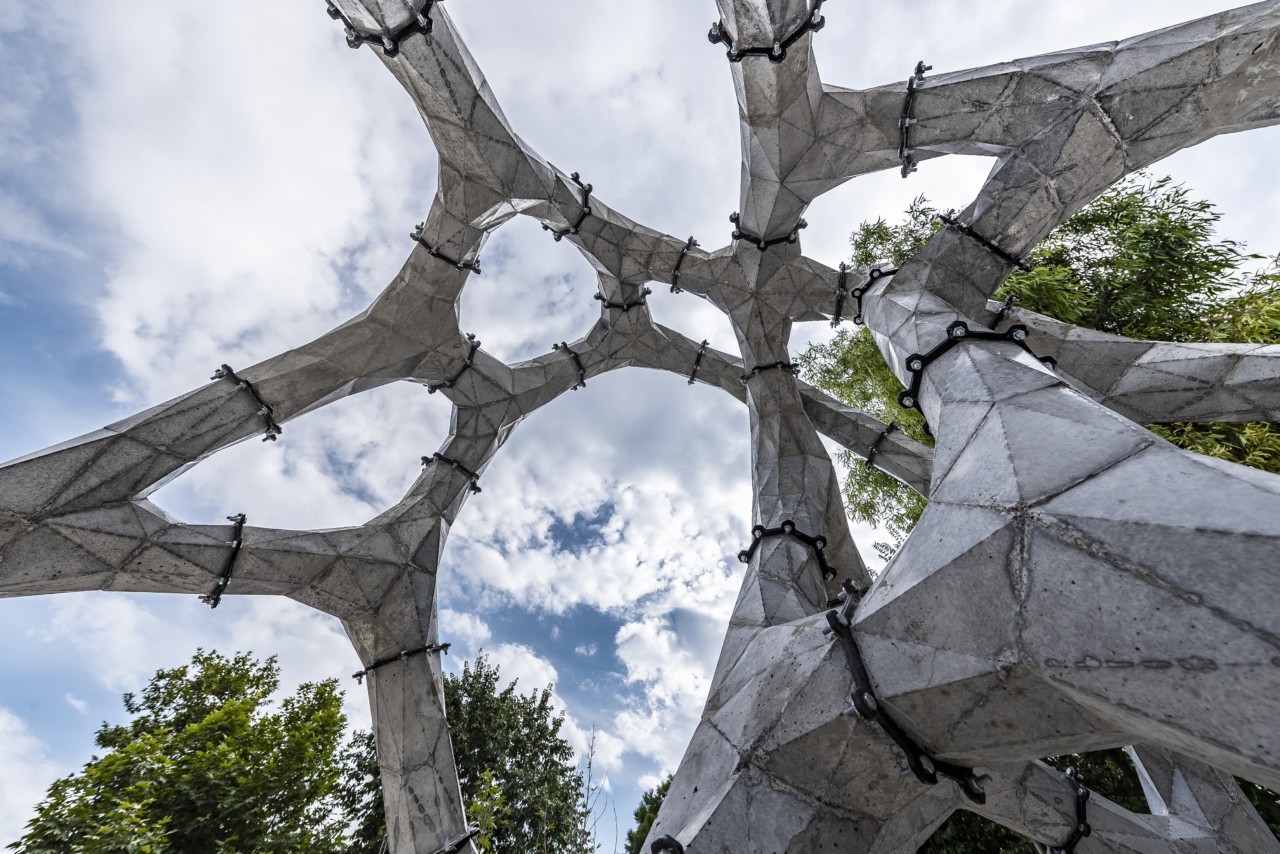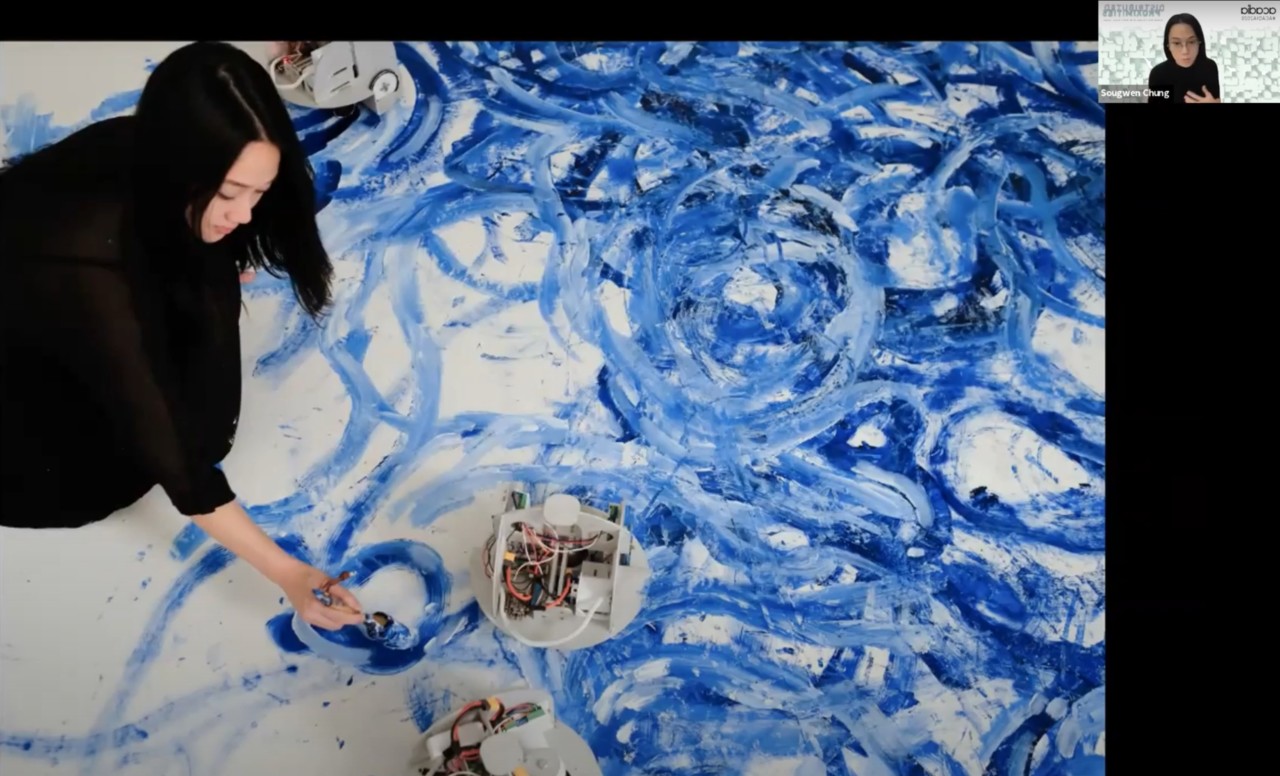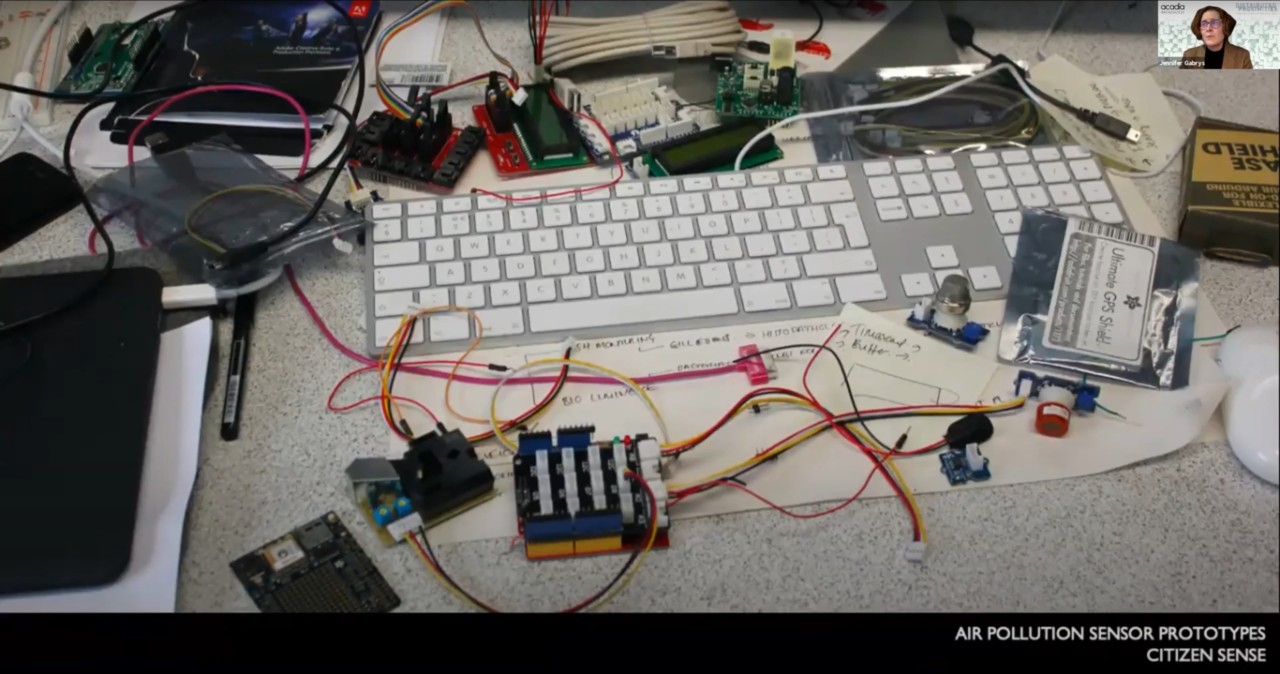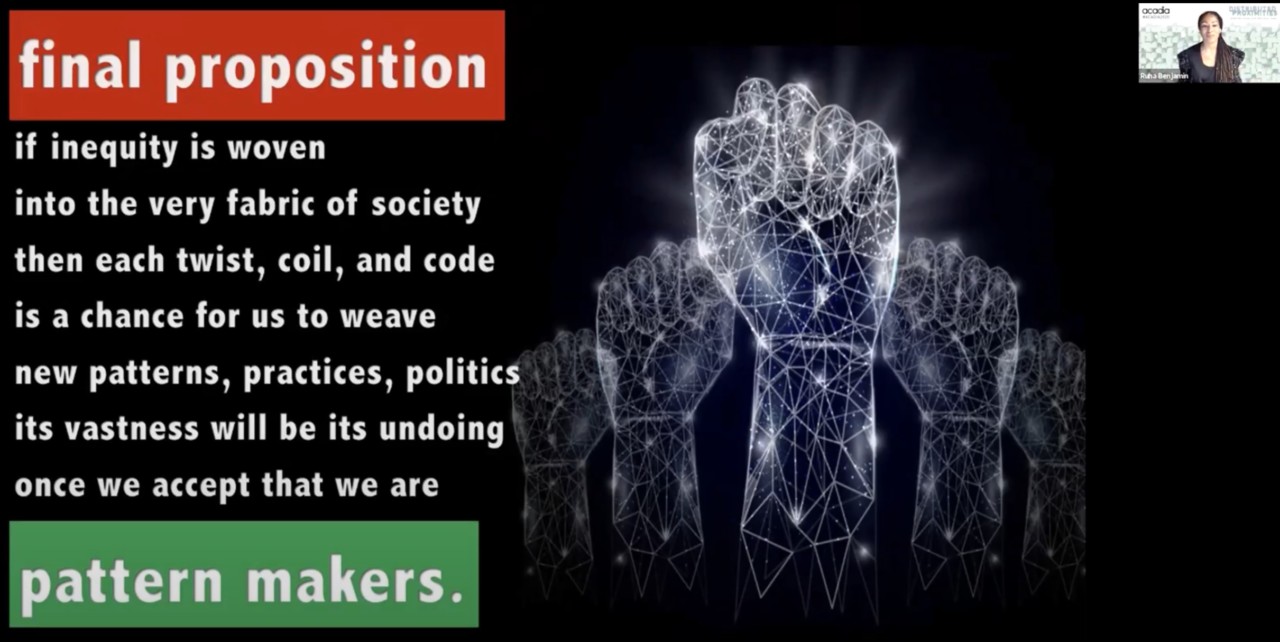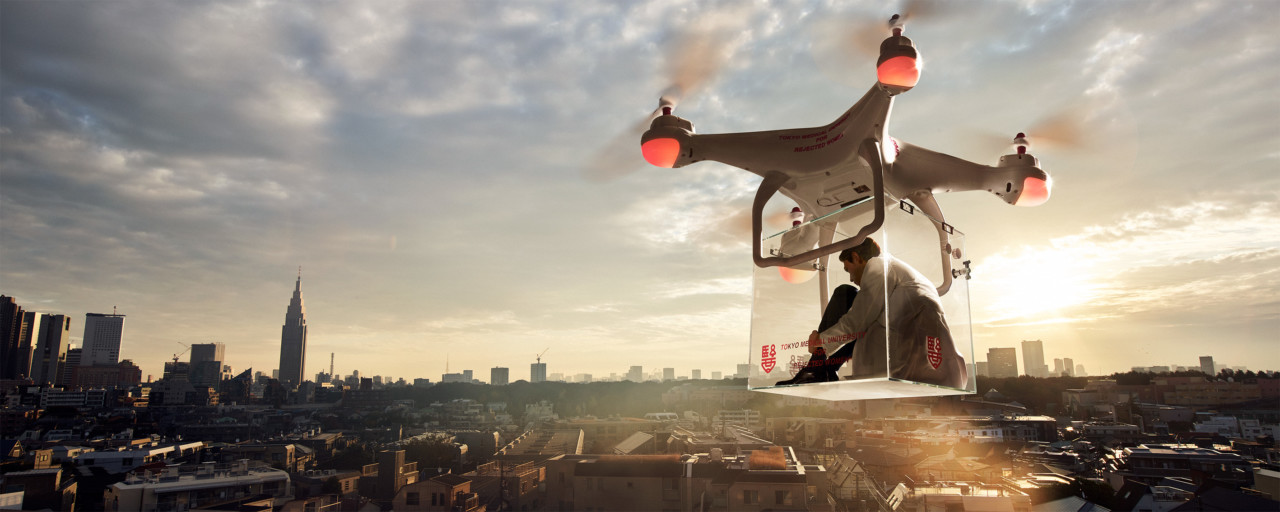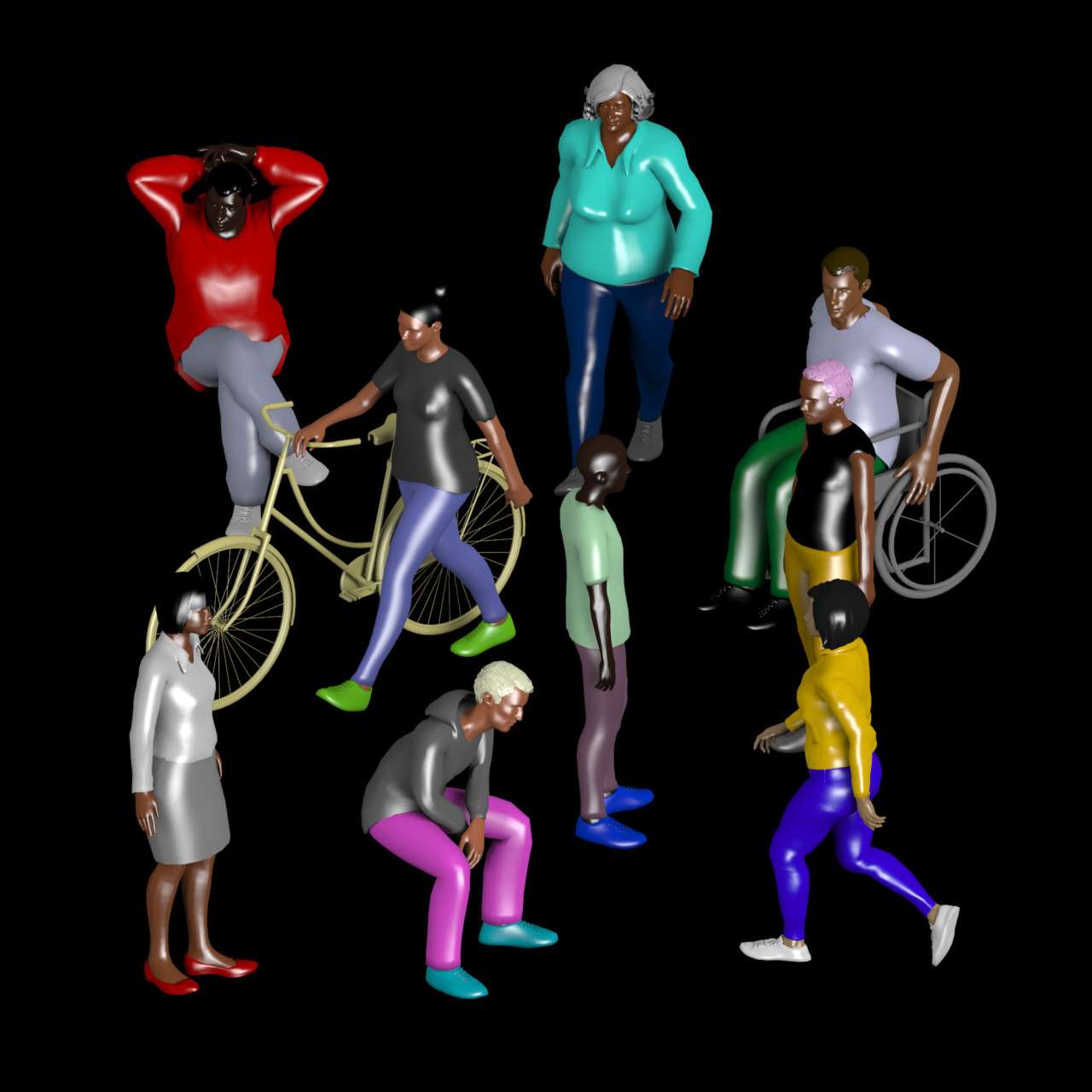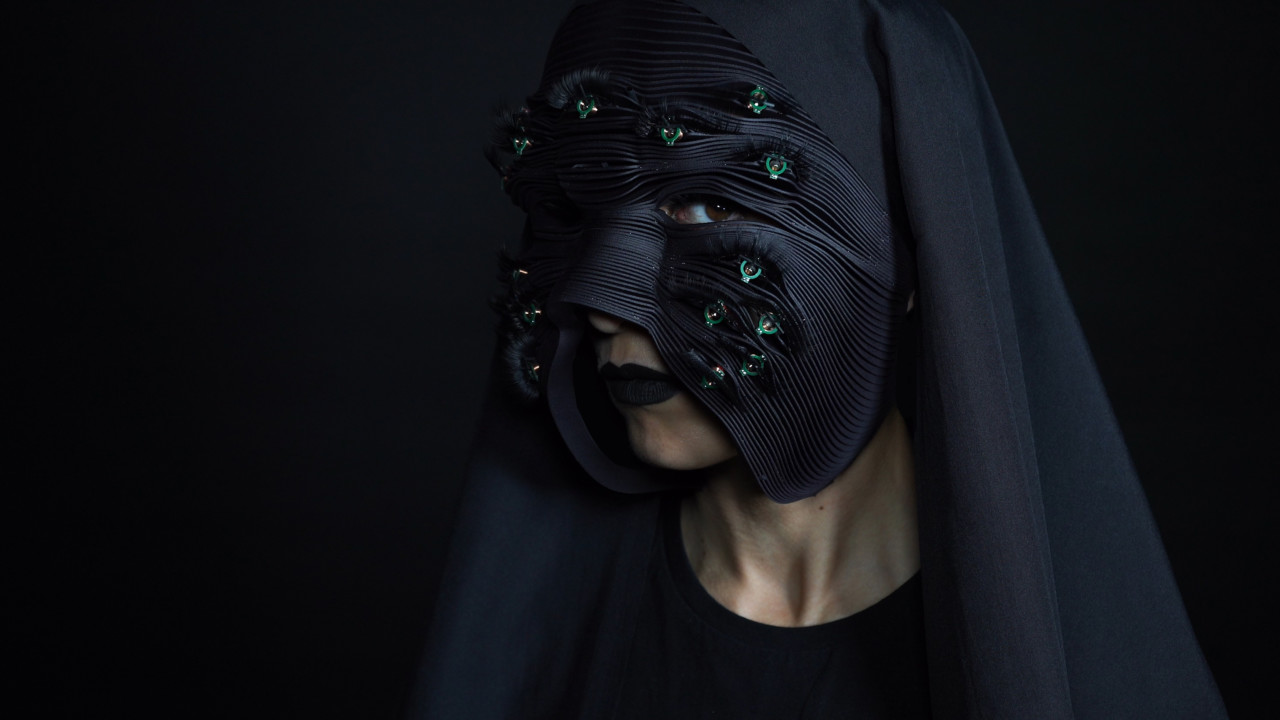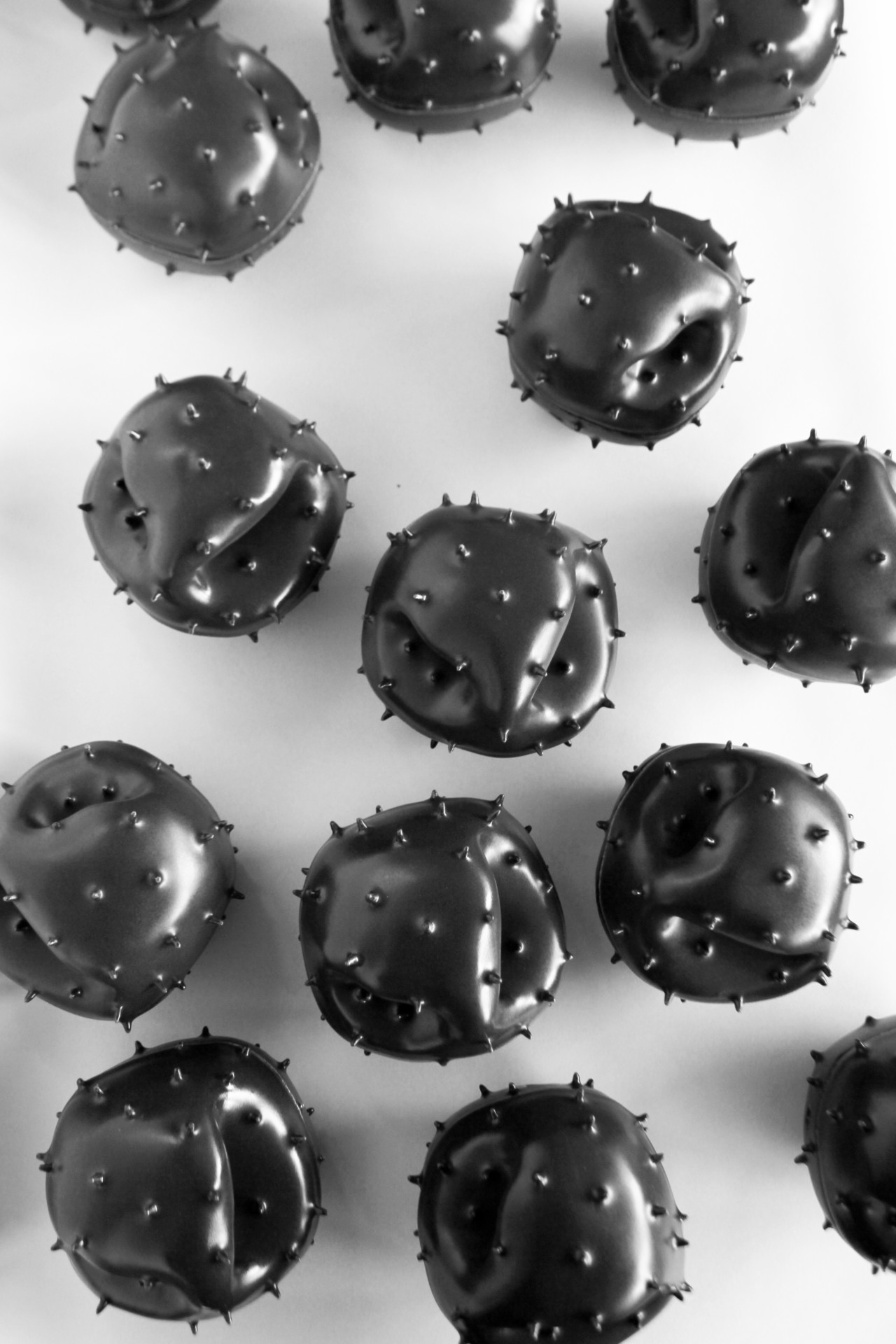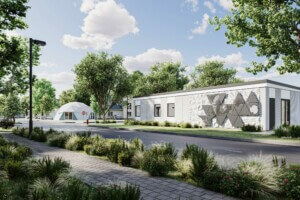Every year, the ACADIA (Association for Computer Aided Design in Architecture) conference gathers architectural academics, researchers, and technologists at a central location for rounds of discussions and demos. In between, industrious 3D printers and robot arms provide some much-needed diversion. But after the COVID-19 pandemic put an end to a physical 2020 iteration, ACADIA organizers—Viola Ago, Matias del Campo, Shelby Elizabeth Doyle, Adam Marcus, Brian Slocum, and Maria Yablonina—decided to host the conference online. Fortunately for them, the virtual venue drew in a greater number of like-minded presenters and viewers from all corners of the globe than at any point in ACADIA’s 40-year-long run.
This outcome was prefigured by the organizers, who had themed the 2020 conference around “Distributed Proximities.” They asked participants to reflect on the unanticipated shifts in the field of computational design opened up by the global pandemic and the clarifying and constructive effects it might hold. Paper presentations and group workshops made up the majority of the events, which ran from October 24–30, but were recorded for posterity’s sake. The recordings are available on ACADIA’s website, an interactive “conference platform” that organizes the content of all the symposium events and draws thematic connections between their subject matter.
In the first paper session, for instance, Alex Schofield presented his research on 3D-printed calcium carbonate (CaCO3) as a potential scaffolding for the growth of coral polyps, which scientists predict will be nearly extinct within the next 100 years. While “alternative materials for underwater ecosystems and coastline fabrication—such as concrete used for ‘Reef Balls,’ Tetrapods, or even coral frags—often leach undesirable by-products and contribute large carbon footprints in their production processes,” Schofield argued that reappropriating leftover calcium carbonate could lead to a cleaner aquatic ecosystem.
ACADIA’s networked conference platform connects Schofield’s paper to seven others, including the research in bioplastics Sina Mostafavi and Manuel Kretzer are developing as a part of their collaborative course between the Dessau Department of Design and the Dessau Institute of Architecture. Mostafavi and Kretzer demonstrated the production applications of bioplastic—a nearly carbon-neutral substance composed of renewable organic biomass—whether in the design of lampshades or other consumer products. The project, like Schofield’s application of calcium carbonate, makes a convincing case for a viable alternative to relatively toxic building materials.
With fabrication labs closed due to quarantine guidelines, the organizers honed in on up-to-the-minute artificial intelligence (AI), which can be easily experimented with in the home office, as several workshops attested. In “Writing With the Machine,” Mitchell Akiyama led a series of experiments that combined the writing techniques of participants with writing algorithms developed by Akiyama to raise questions concerning the wide range of expectations we have of artificial intelligence technology.

This theme—central to computation since ACADIA’s founding—was taken up by the keynote events. “As a community,” explained ACADIA president Kathy Velikov during the opening keynote, “we are continually changing and transforming, and this year the conference organizers have taken the opportunity of our online conference to curate the keynote events as critical conversations around computation in contemporary design culture, with discussions around issues such as ecology, ethics, access, labor, and algorithmic biases.”
The closing keynote symposium, for instance, titled “A Conversation on Speculation & Critique,” brought Hernan Diaz Alonso, Winka Dubbeldam, Nicholas de Monchaux, Molly Wright Steenson, Albena Yaneva, and Kathy Velikov into a far-ranging dialogue, most saliently concerned with imagined futures of design computation. When asked to predict the shape of the discipline in the next few years, Diaz Alonso quipped that “the future is not so useful for us today. Rather, we should think of today as useful for the future.” Speculating on potential future issues, in other words, is perhaps less worthwhile a mode of inquiry than responding to the needs and desires of the immediate present. Dubbeldam picked up on this truism and pointed to climate change as one such presently urgent issue. (She offered the ongoing development of her firm’s Asian Games Park project in Hangzhou, China, as a potential case study.) Meanwhile, Steenson argued for something more novel. Research, she said, does as much as design in anticipation of answering questions relevant to the immediate future. Should it not be itself considered a form of speculation?
As a theme, ‘distributed proximity’ was an ideal opportunity for ACADIA to expand the reach of its range of topics, its methods of accessibility, and its viewership by participants and students of computation around the world. Looking back on the six days of events and the thoroughness of their documentation, it is almost certain that several techniques developed for this year’s social distance measures will be adapted and improved upon in next year’s conference.






